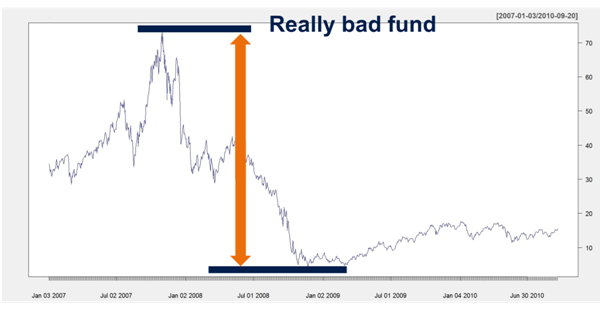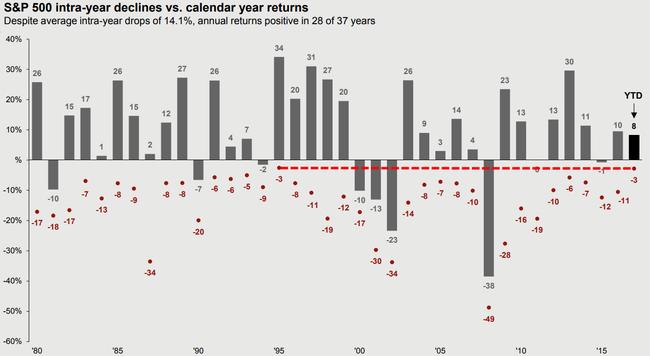
HISTORY STOCK MARKET DRAWDOWN AND RECOVERY ANALYSIS SERIES
This material is provided for informational purposes only and should not be construed as investment advice or an offer or solicitation to buy or sell securities.Įconomic and market forecasts presented herein reflect a series of assumptions and judgments as of the date of this publication and are subject to change without notice. Prospective investors should inform themselves as to any applicable legal requirements and taxation and exchange control regulations in the countries of their citizenship, residence or domicile which might be relevant.

THIS MATERIAL DOES NOT CONSTITUTE AN OFFER OR SOLICITATION IN ANY JURISDICTION WHERE OR TO ANY PERSON TO WHOM IT WOULD BE UNAUTHORIZED OR UNLAWFUL TO DO SO. The value of investments and the income derived from investments will fluctuate and can go down as well as up. Past performance does not guarantee future results, which may vary. Views and opinions are current as of Octoand may be subject to change, they should not be construed as investment advice. Views and opinions expressed are for informational purposes only and do not constitute a recommendation by Goldman Sachs Asset Management to buy, sell, or hold any security. Equity investments are subject to market risk, which means that the value of the securities in which it invests may go up or down in response to the prospects of individual companies, particular sectors and/or general economic conditions.

Risk Considerations and General DisclosuresĪll investments contain risk and may lose value. Gross Domestic Product (GDP) is the value of finished goods and services produced within a country's borders over one year. Long-term investors may be best positioned to stay the course, with a recovery likely, yet tough to time.Īn equity market drawdown is a period of falling equity prices.Ī recession is a significant decline in economic activity spread across the economy, lasting more than a few months, normally visible in real GDP, real income, employment, industrial production, and wholesale-retail sales. We believe that ultimately, the strength of the private sector and the absence of structural sources of weakness in the economy mean that this bear market may not see the worst second-or-third order effects traditionally associated with structural bear markets. As such, we may see more episodic volatility in the near-term. To be sure, the Fed’s policy path and questions regarding a peak in inflation and rates remain uncertain. Volatility around market troughs is often a result of investor perception shifting between a soft landing, which is likely to end around a peak in policy, and a hard landing, which requires lower valuations and economic growth bottoming. With the expectation that the Fed continues to hike rates through early 2023, we do not think a genuine bear market trough has been reached because we believe: 1) core inflation and rates have not come down convincingly, 2) economic growth will likely continue to weaken, and 3) valuation and investor positioning have not yet reflected market capitulation. History suggests that when the Federal Reserve (Fed) is the cause of a correction, it is often also the cure that enables the recovery. In the bear market rally this past summer, markets reflected growing confidence that inflation and interest rates were peaking.


 0 kommentar(er)
0 kommentar(er)
